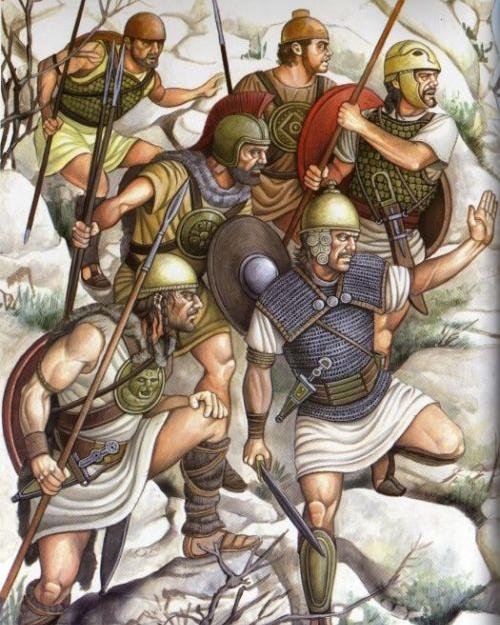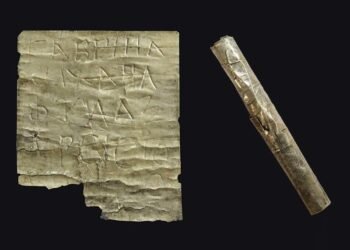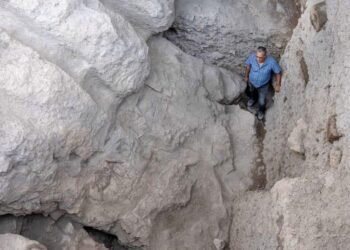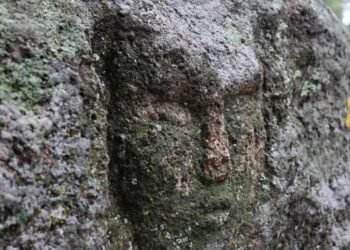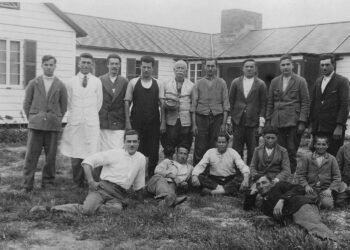The Celtiberians were an ancient people who inhabited the central region of the Iberian Peninsula, present-day Spain, during the Iron Age. They were a unique cultural group resulting from the blending of two major ethnic groups: the Celts, who migrated from central Europe, and the Iberians, the indigenous people of the region. The Celtiberians had a distinct culture that blended Celtic and Iberian traditions.

Social Structure
The Celtiberian society was hierarchical, with a warrior aristocracy at the top, followed by commoners and slaves. The warrior elite held significant power and often engaged in intertribal warfare and raids for wealth and prestige. They were skilled horsemen and relied heavily on the use of chariots in battle. The commoners were primarily farmers and craftsmen who provided for the tribe’s needs.

Economy
The Celtiberians practiced agriculture and animal husbandry, cultivating crops such as wheat, barley, and legumes. They also raised livestock, including sheep, goats, and cattle.
Metalworking was a crucial economic activity, and the Celtiberians were known for producing fine weapons, armor, and decorative items made of bronze and iron. Their craftsmanship demonstrated advanced technical knowledge for their time.
Settlements
Their way of life was strongly influenced by their geography. Celtiberian settlements ranged from hillforts and fortified villages to larger oppida (fortified urban centers). They lived in rugged and mountainous terrain, making it difficult for larger states or empires to conquer them fully. The oppida served as regional centers for trade, governance, and religious activities.
Religion
The Celtiberians’ religious beliefs were polytheistic, with a pantheon of gods and goddesses associated with various aspects of nature, fertility, and war. They likely practiced ritual sacrifices and had religious leaders or shamans who played essential roles in their ceremonies.

Language
The Celtiberians had a unique language that combined Celtic and Iberian elements, although few written records of it have survived, making it difficult for modern scholars to fully decipher it.
Interaction with Rome
The Celtiberians had intermittent conflicts with the Roman Republic as Rome sought to expand its territory in Hispania (the Roman name for the Iberian Peninsula). The Romans encountered significant challenges in subduing the Celtiberians due to their guerrilla warfare tactics and strong fortifications. The siege of Numantia, the tribe’s main stronghold, lasted for several years, highlighting the resilience and determination of the Celtiberian people.
One of the most famous Celtiberian tribes was the Numantines, known for their resistance against Roman expansion during the Numantine War (around 153-133 BCE).
The Roman general Scipio Africanus eventually conquered and destroyed Numantia, the last major Celtiberian stronghold, in 133 BCE, marking the end of significant resistance.
With the Roman conquest of Hispania completed by the 1st century BCE, the Celtiberians’ distinctive identity began to fade as they were assimilated into the broader Roman culture and society.
Legacy
Despite their assimilation into Roman society, Celtiberian influences persisted in the region. The Roman Celtiberian style, an artistic fusion of both cultures, emerged in art and architecture. Additionally, elements of Celtiberian culture and language may have left lasting imprints on the development of Hispanic and Iberian culture.
It’s important to note that our understanding of the Celtiberians relies heavily on archaeological findings, as there are limited historical sources directly from their perspective. Nevertheless, ongoing research and excavations continue to shed light on this ancient civilization that played a significant role in the history of the Iberian Peninsula.


